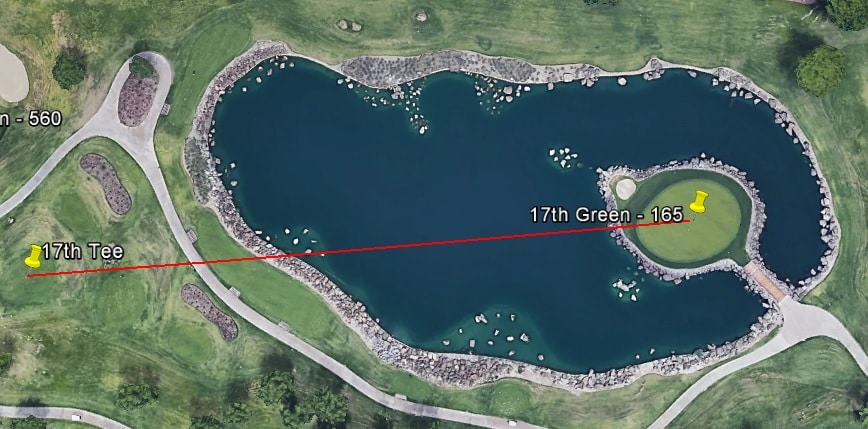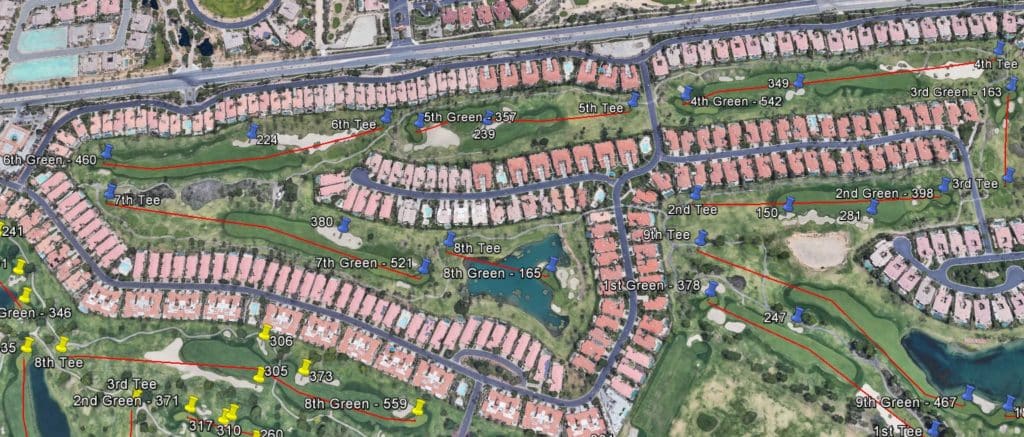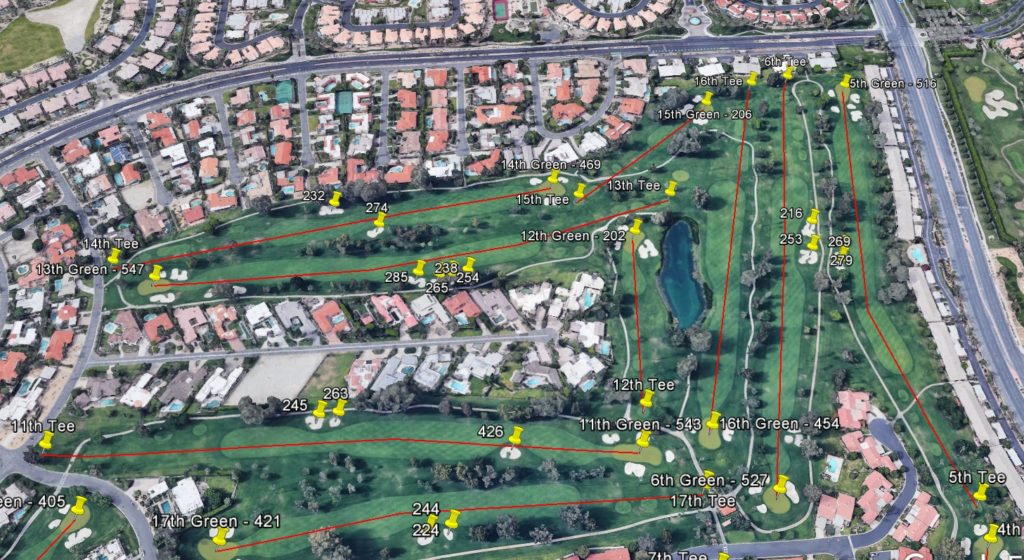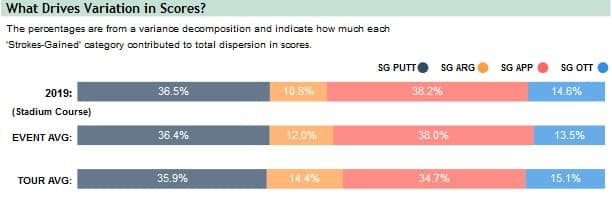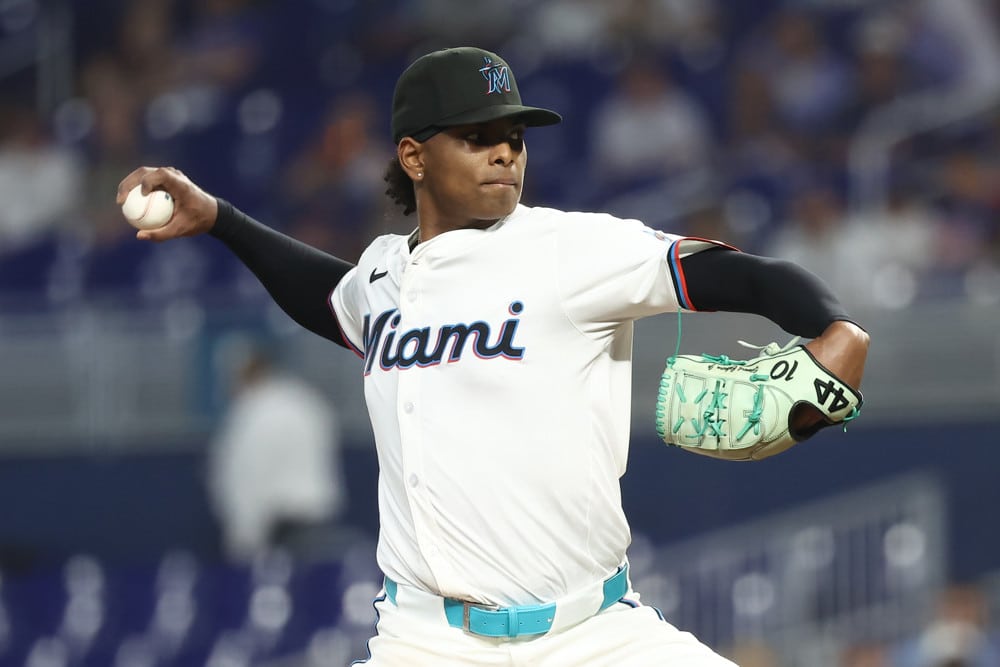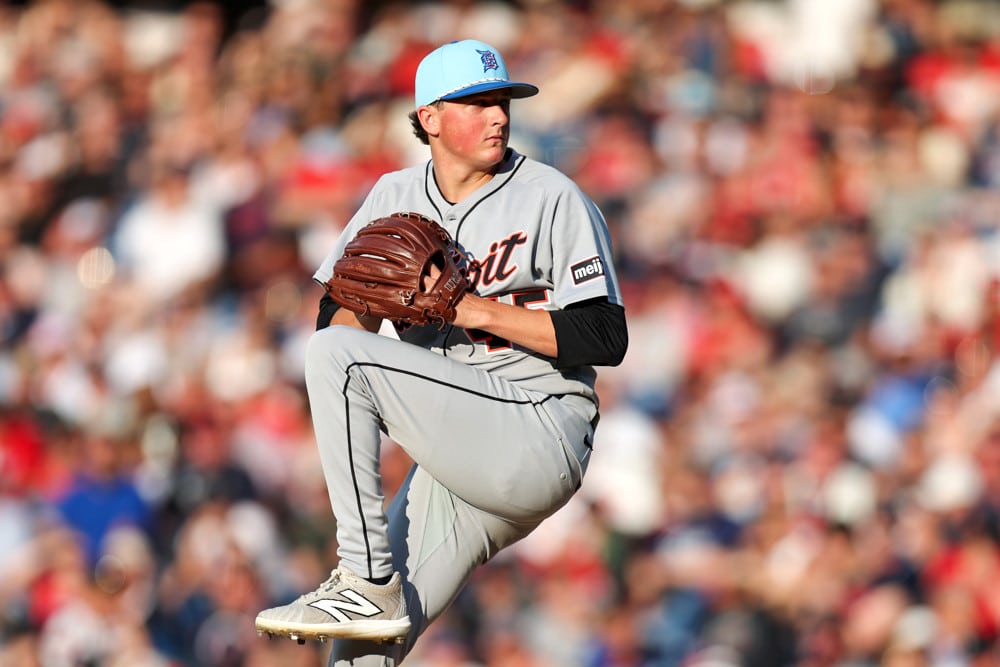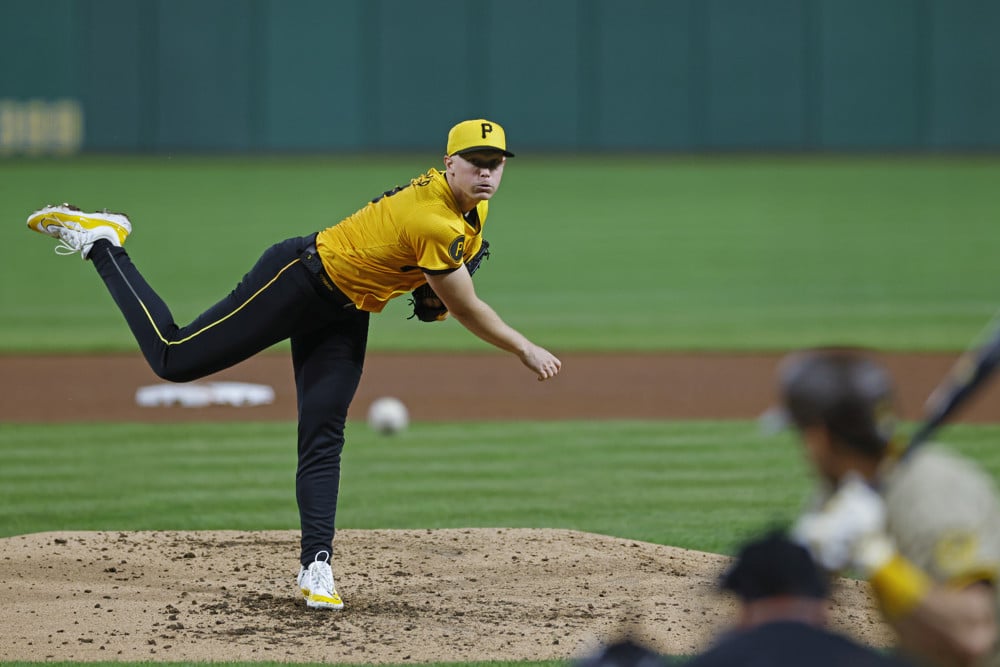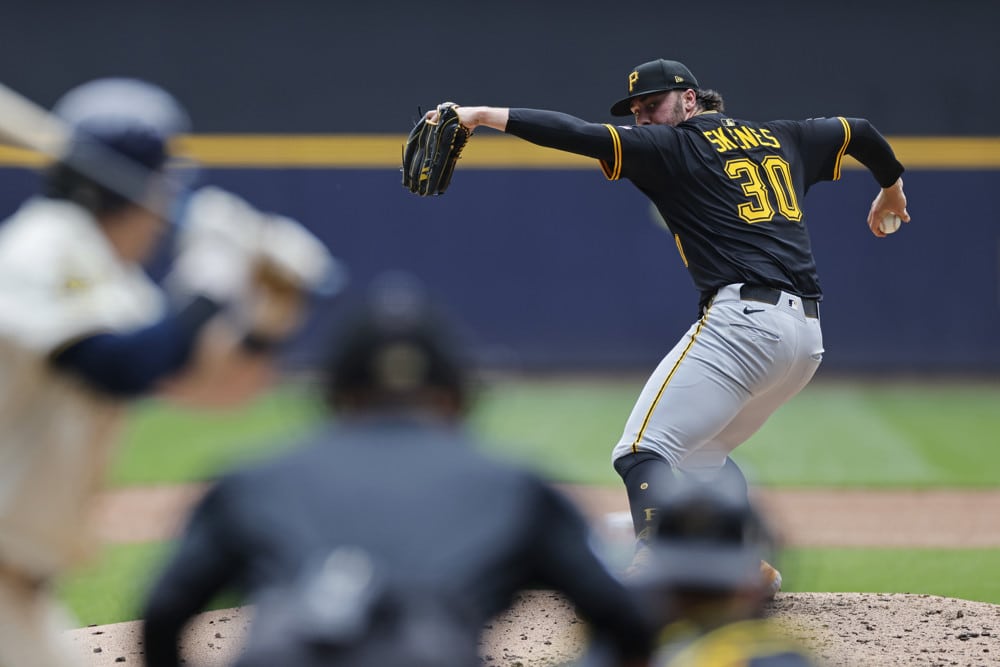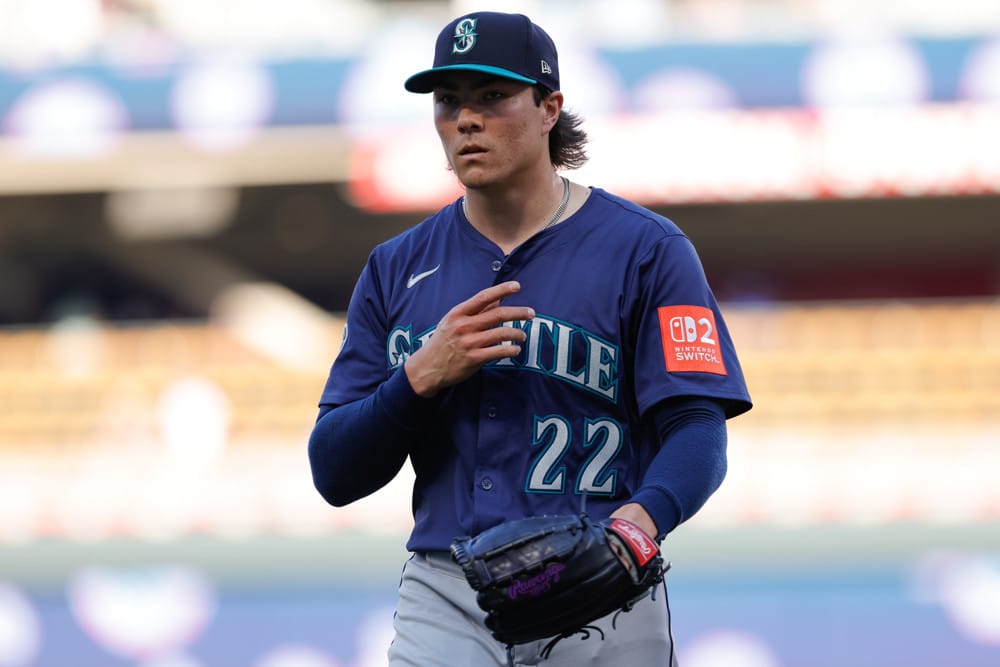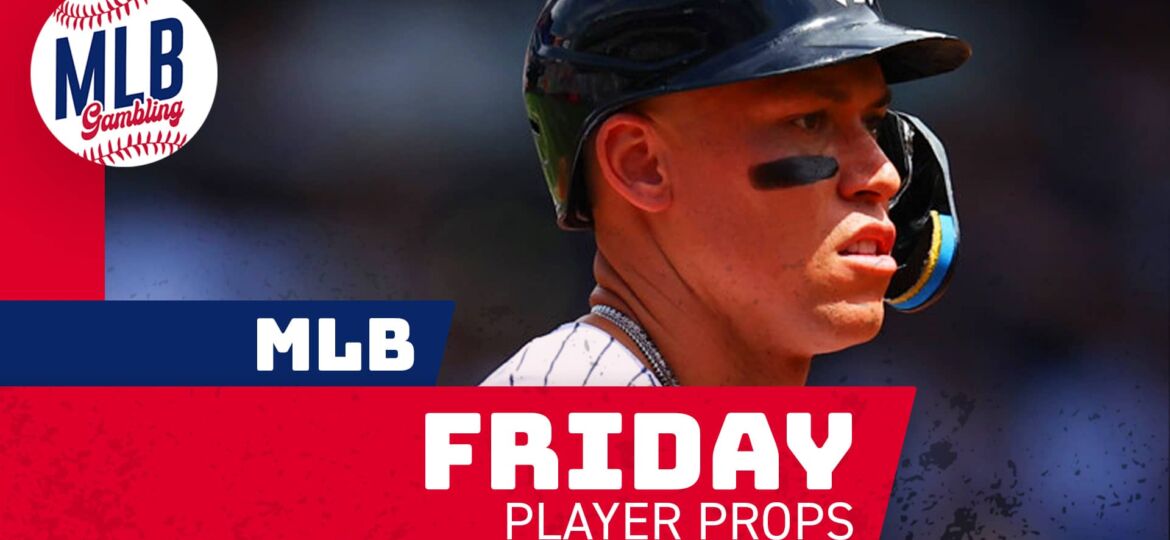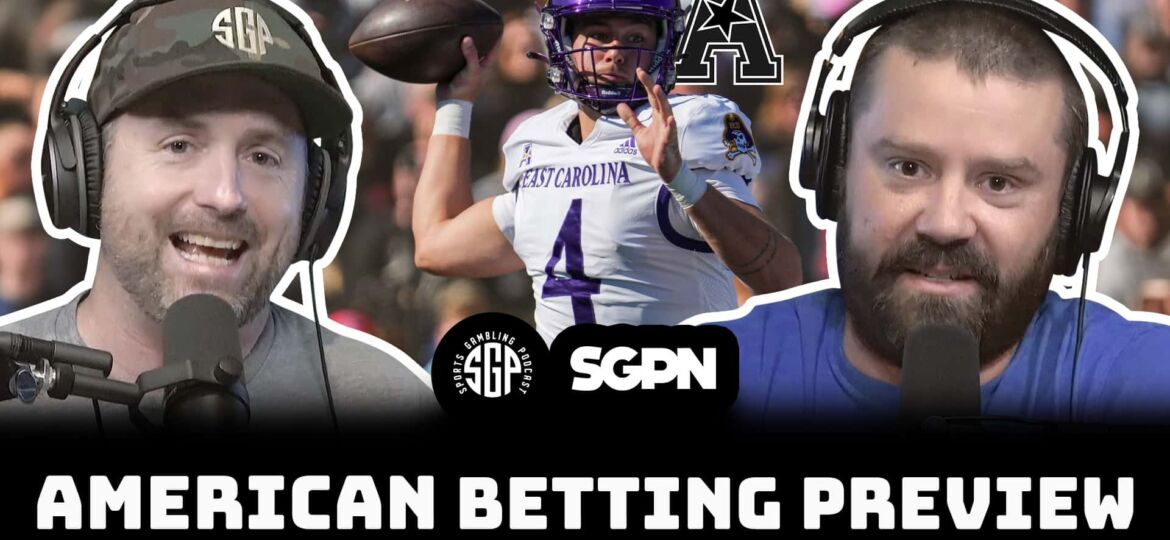This week the PGA Tour moves back to the lower 48 and begins the West Coast swing of the schedule with the American Express in Palm Desert, California.
If you don’t recognize the name of the tournament, for years it was known as the Bob Hope Classic, a Celebrity Pro-Am that began in 1960 and hosted by legendary entertainer and golf junkie Bob Hope (in case his name slapped on the tournament wasn’t a dead giveaway). The tournament has had a few primary sponsors over the last decade, including CareerBuilder, Workday, and even the Clinton Foundation! The tournament faced an uncertain future last year with a lack of a title sponsor, but Phil Mickelson stepped in to make his foundation the primary charity for the tournament, and with his star power backing the event American Express gladly stepped in to fill the sponsor void.
This isn’t the most exciting tournament for fans, but with a bountiful of birdies it’ll be a rush for gamblers and DFS contestants with wild swings from ever fluid leaderboards.
Here’s all you’ll need to know to prepare yourself for some bets this weekend:
The Field
The weak field at the American Express is primarily attributed to its place on the schedule. This event is sandwiched between the Hawaii swing and the Farmers Insurance Open at Torrey Pines. Any big names that played out in Hawaii or are looking to make their season debut next week are likely taking this week off. This event is also opposite one of the European Tour’s flagship events, the HSBC Abu Dhabi Championship. That tournament has attracted most of the top European players along with a few top Americans to the Middle East. They include Brooks Koepka, Patrick Cantlay and Bryson DeChambeau.
As far as this week’s field in Palm Desert, the biggest draw to the event is fan favorite and tournament host Phil Mickelson, Mickelson is a native of the Southwest and usually kicks off his year at this event. He’s also been showing the world for the last few weeks how much he’s been working with his physio so he’s ready to #HitBombs all weekend:
Other notable names include Rickie Fowler, Paul Casey, Francesco Molinari, Matthew Wolff, Kevin Kisner, Sungjae Im and Tony Finau (who’s fresh off a plane after playing a tournament over in Hong Kong last week). Other than these names, however, the overall depth to the field is pretty shallow. Like most early season events, the field is comprised mostly of players fighting tooth and nail to keep their PGA Tour card or career journeymen looking to stay relevant.
The Golf Course
Because of the Celebrity Pro-Am format, this event is played across three golf courses in the Palm Desert area to accommodate all the players. These courses are the neighboring TPC Stadium Course and Nicklaus Tournament Course at PGA West, and La Quinta Country Club just to the northwest. All golfers will compete at these three golf courses for the first three rounds before the field is cut to the Top 65 and ties, and the final round will take place at the Stadium Course.
The TPC Stadium Course at PGA West was first designed in 1986 by legendary architect Pete Dye, who passed away this week at the ripe old age of 94. Expect Golf Channel to pay tribute to him several times on the coverage, and rightfully so. Pete Dye is the greatest modern golf architect we had and was responsible for innovative golf courses to challenge both by the Pros and Joe’s. Dye’s designs wanted a player to think their way around a golf course and play mind tricks with then, and he once said “Golf is not a fair game, so why should I build a fair golf course”. He was an inspiration for many of today’s designers and he’ll be sorely missed. For more information about the life of Pete Dye, PGATour.com did a wonderful obituary for him.
TPC Stadium Course was built as the “sequel” to the infamous TPC Sawgrass in Ponte Vidra Beach, Florida. The course first played host to the Bob Hope Classic in 1987, but the pros complained that it was way too hard. At the end of the day the PGA Tour is run by the players, and the tour catered to their complaints by removing the Stadium Course from the tournament after only one year.
After a couple redesigns, the tournament came back to the Stadium Course in 2016 and is the hardest of the three golf courses that are played at the Desert Classic. The Stadium Course historically plays well over a stroke harder than both the Nicklaus Tournament Course and La Quinta Country Club.
When scouting the layout of the Stadium Course, you can see Pete Dye’s fingerprints all over a golf course that borrows several template holes from TPC Sawgrass. Here are a few holes at the Stadium Course that are very much inspired by that of its sister course on the East Coast:
5th Hole – TPC Sawgrass vs. 9th Hole – TPC Stadium Course
Both holes make use of elongated bunkers off the right side of the fairway, with a water hazard eagerly waiting to gobble up extremely offline tee shots. The green complexes are angled at about 2:00 off the fairway and feature large bunkers short right and bunkers long left. The 9th at the Stadium Course also adds a large bunker back right just for good measure and to up the degree of difficulty.
10th Hole – TPC Sawgrass vs. 12th Hole – TPC Stadium Course
The 12th at the Stadium Course is a smaller version of the 10th at TPC Sawgrass but possesses similar features. Both have Dye’s trademark elongated bunkers hugging the left side of the fairway. Though a shot way left at Sawgrass is most certainly a lost ball into the woods, a wayward drive left on 12 isn’t completely dead but could still give a player tree trouble (or make them hit off a homeowner’s Jacuzzi for their second). The 10th at TPC Sawgrass has a horseshoe-shaped bunker that doesn’t come into play at all for a professional, so it appears Pete Dye relocated it to wrap itself around the left side of the 12th green at the Stadium Course to give them something to worry about.
17th Hole – TPC Sawgrass vs. 17th Hole – TPC Stadium Course
The most blatant rip off at the Stadium Course is the 17th, a Par 3 featuring an island green and an almost photocopy of one of the most famous holes in golf – the 17th at TPC Sawgrass. For the most part, I’m fine with trying to create TPC Sawgrass West, but here ends my heaping praise of the late great Pete Dye. This hole is symbolic of my biggest issue with the Stadium Course (besides the ridiculous canyon bunker off the 16th green). The Stadium Course is more Disneyland to TPC Sawgrass’s Disney World. The RC Cola to Sawgrass’s Classic Coke. Sure you can see the penmanship of a TPC Sawgrass at this golf course, but it rings a tad soulless, has a peculiar aftertaste and makes you yearn for the real thing.
It also doesn’t help that the golf course looks AWFUL with large swaths to dormant, brown bermuda rough painted all over the television screen. Bermuda grass takes a while to recover from cooler winter temperatures, and while the over-seeded rye fairways and greens give the telecast a little bit of color, the still-dormant Bermuda rough makes the telecast look especially bland. It’s visually lackluster after spending the last two weeks in Hawaii watching surfers and whales crash through the vibrantly blue Pacific Ocean, and it brings down the enjoyment of the viewing experience overall.
Yuck.
Moving on to the other golf courses on the docket, the Nicklaus Tournament Course also was included in the tournament rotation in 2016, but plays much easier than its PGA West counterpart:
The Nicklaus Tournament Course looks like any golf course in Florida or the Southwest that weaves its way through communities primarily occupied by retirees. Not a lot of creativity or strategy is required on this type of track that’s meant to serve as an enjoyable, laid back round of golf for the baby-boomers. Most trouble off the tee is very easily avoidable by the pros thanks to generously wide fairways and their ability to hit over most fairway hazards. This course is usually the second easiest one played in the event.
Lastly, La Quinta Country Club is the oldest venue of the Desert Classic, playing host to the event for the 46th time and is the easiest of the three courses of the weekend:
While the sight lines from the tee are tighter than they are at PGA West, this golf course has almost no defenses for anyone on the PGA Tour. Most fairway bunkers can easily be carried off the tee, and save for a water hazard off the 16th and 18th it takes some serious effort to shoot over par at La Quinta.
Betting Strategies
While there’s at least some recent data to work with for most of the players in the field, there still are some challenges bettors will face this week. For one, bettors will have to fight off recency bias based on any results from Kapalua and the Sony Open. Kapalua has absolutely no correlation to PGA West, and the Sony Open was more of a ball striking contest than a birdie fest because of the heavy winds. While temperatures will struggle to break 70 all week, scoring conditions couldn’t possibly be more ideal for the players this week as there will be barely a breath of wind in Palm Desert. The winning score should be well in excess of -20 with the cut line hovering around -7 or -8. Anytime a tournament turns into a putting contest it’s a nightmare for gamblers because the variance is so much higher than it is when it’s a ball striking contest where the cream rises to the top.
Another challenge is there is only strokes gained data maintained at the Stadium Course for those looking to gain an edge in the statistical department. Without anything to draw upon at the Nicklaus Tournament Course or La Quinta, gamblers will have to evaluate the golf course itself to try and determine what types of players should fare well there.
For the most part, gamblers can probably ignore all results of this tournament before 2016. That’s when the Stadium Course was first utilized in the tournament and is much harder than the golf course it replaced (the Palmer Course). Here’s a chart of where strokes have been gained at the Stadium Course:
Generally speaking, iron play and putting is more heavily weighted in scoring than the average PGA Tour golf course. That makes sense given how low scores annually are. The fairways generally are pretty wide at the Stadium Course, and while at most places hitting out of bermuda rough is challenging its dormant state this time of year takes a bit of the bite out of it. As long as you’re not spraying it all over the yard, it’s a fairly easy driving golf course. It can give an edge to the better and longer drivers who gain more strokes over the field off-the-tee, so that can be a plus for anyone you’re looking to target in props or DFS. But overall it’s a little de-emphasized in terms of how players actually score there because most players have great looks at birdie after their tee shot.
But the challenge at the Stadium Course lies in creatively sloped greens with deep pot bunkers lurking everywhere around it. That can make for some pretty tough pin positions the tournament directors can throw at the players. The ones who can best hit their irons into great spots onto the green and get hot with their putter are going to have themselves a very good week. And those who aren’t likely won’t make it to Sunday.
That’s fairly representative of who has populated the tops of leaderboards at the event since 2016. These are mostly players who have some length off the tee (though it’s not a prerequisite), have decent command of their irons and have high birdie rates thanks to traditionally strong putting. Sounds easy right? Except most of the field is pretty bad, meaning bettors and DFS contestants will have to do their homework to find diamonds in the rough.
For bettors who like looking at other correlated golf courses, the most similar comparisons to the Stadium Course are Club de Chapultepec, TPC Boston, Trump National Doral, Quail Hollow and Torrey Pines South. Players who have good histories at these places that are in the field this week are Phil Mickelson, Rickie Fowler, Tony Finau, Bill Haas, Francesco Molinari, Kevin Na, Charles Howell III and Harris English. That doesn’t mean you have to necessarily pick these players, but it does help identify the profile of player that would be successful in this tournament.
In terms of the other golf courses, the Nicklaus Tournament Course is pretty much an easier version of the Stadium Course and generally what works at the Stadium Course works at the Nicklaus. La Quinta Country Club’s layout, however, is much different than the other two. While it’s more tree-lined than the other two golf courses, there is very little trouble off the tee and a long hitter can easily bomb and gouge it. There will also be a lot of short approaches, so the types of players that should theoretically play well there are long and straight hitters, players with a good command over their wedges and short irons and can get hot with the putter.
Lastly, bettors and DFS contestants can rely on historical data based on performance in various conditions on the golf course. For this week, target players with good histories on easy, driver heavy golf courses on bermuda greens. Generally the greens at all three courses run around 12 on the stimpmeter, which is about average for PGA Tour golf courses. There’s not much of an advantage to be found between players who excel on struggle on slow and fast surfaces. As mentioned previously, there’s very little wind in the forecast and those who struggle in those conditions need no worries. However, should the forecast change the wind can be very much a factor at the Stadium Course, where the difficulty is ramped up once wind speeds climb above 15 MPH.










